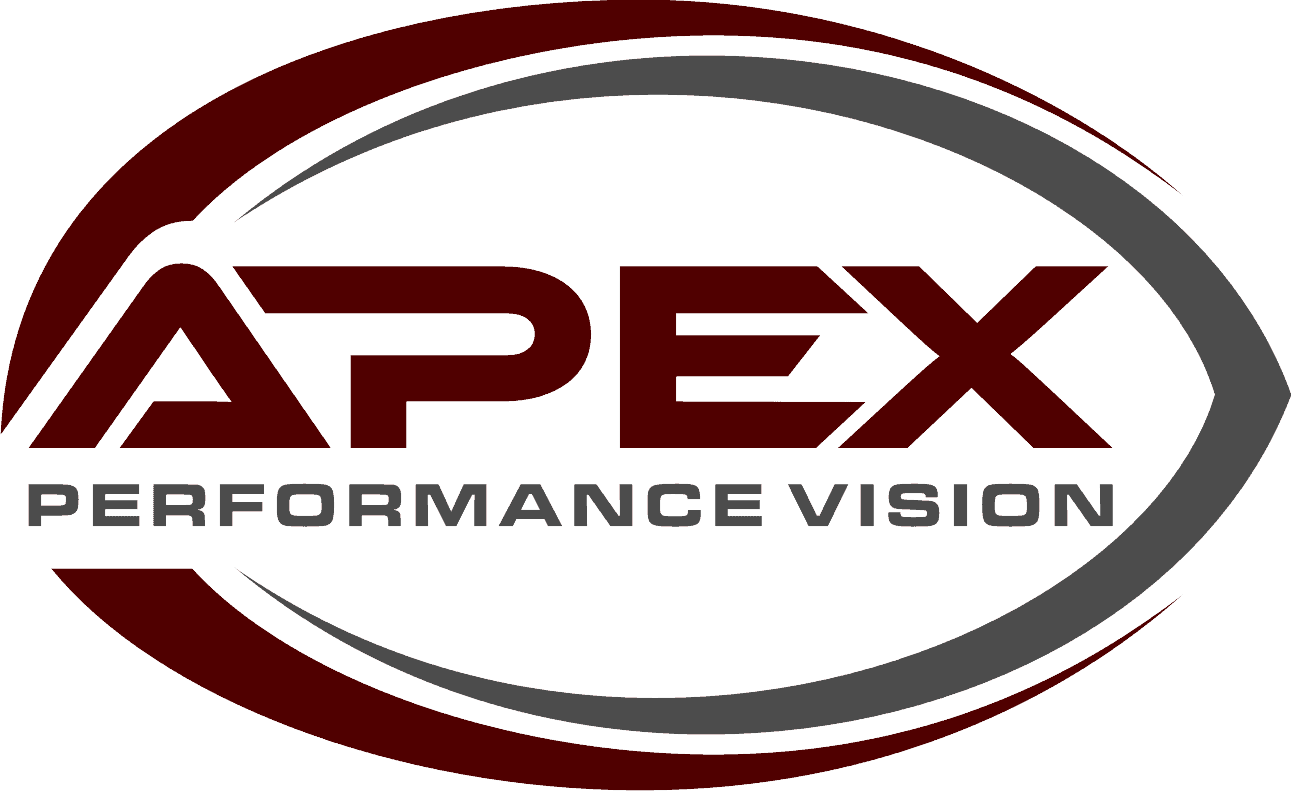Learning-Related Vision Disorders

Binocular Vision
Binocular vision is the three dimensional vision we perceive as a result of fusing slightly different images from each eye. If the brain has difficulty performing this task, you will not be able to achieve SINGLE, CLEAR, and COMFORTABLE vision when you use the two eyes simultaneously.

Focusing Disorders
You can have a focusing disorder and still be able to read the 20/20 lines at distance and near. Focusing refers to how quickly and effortlessly you can switch your focus between distance and near and how comfortably you can perform visually intensive near tasks, like reading, over extended periods of time. If your eyes become tired or strained after prolonged near work, you may have a focusing disorder.

Perceptual Disorders
When there’s a concern about dyslexia or learning disabilities, don’t forget to rule out perceptual disorders first. Perceptual disorders occur when the eyes send clear images to the brain, but the brain does not process them correctly. Perceptual disorders interfere with learning, can mimic dyslexia, and diminish productivity.

Dyslexia
Your child has trouble reading … is it dyslexia? It could be, but it could also be an binocular vision (eye-teaming) disorder, instability in the focusing system, an eye movement dysfunction, or a perceptual disorder. Is your child writing letters or numbers backwards? Vision therapy can help!

Eye-Hand/Ear/Balance
It’s not enough for our visual system to work well in isolation. The visual system must also coordinate with the motor system, auditory system, and vestibular systems in order for us to interact comfortably and efficiently with our environment.

Eye Movement Disorders
If the eyes cannot accurately jump from one target to another, cannot track a moving object properly, or cannot stay fixated on a target, multiple problems can result.
